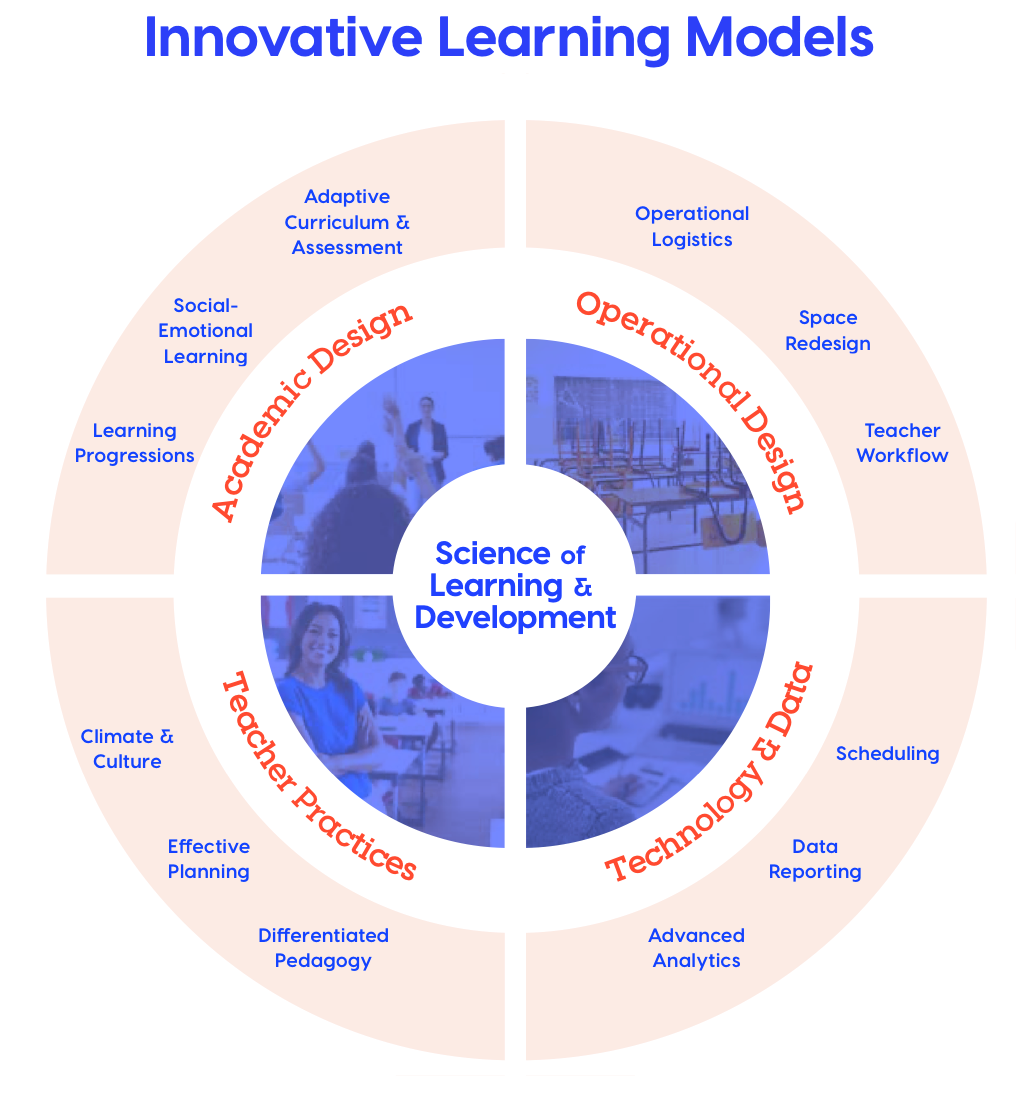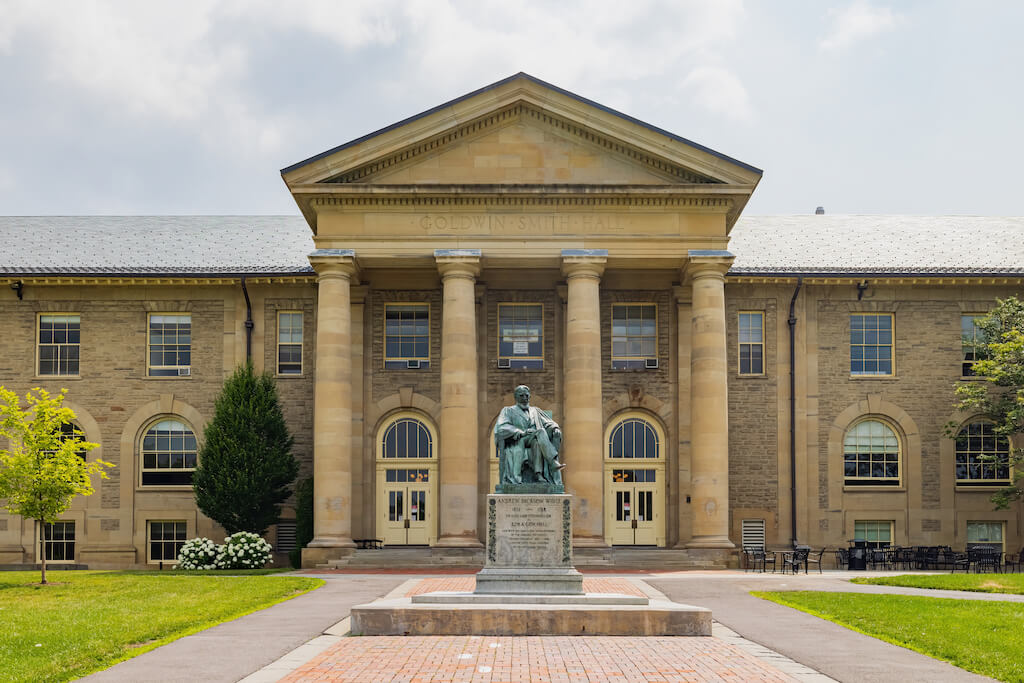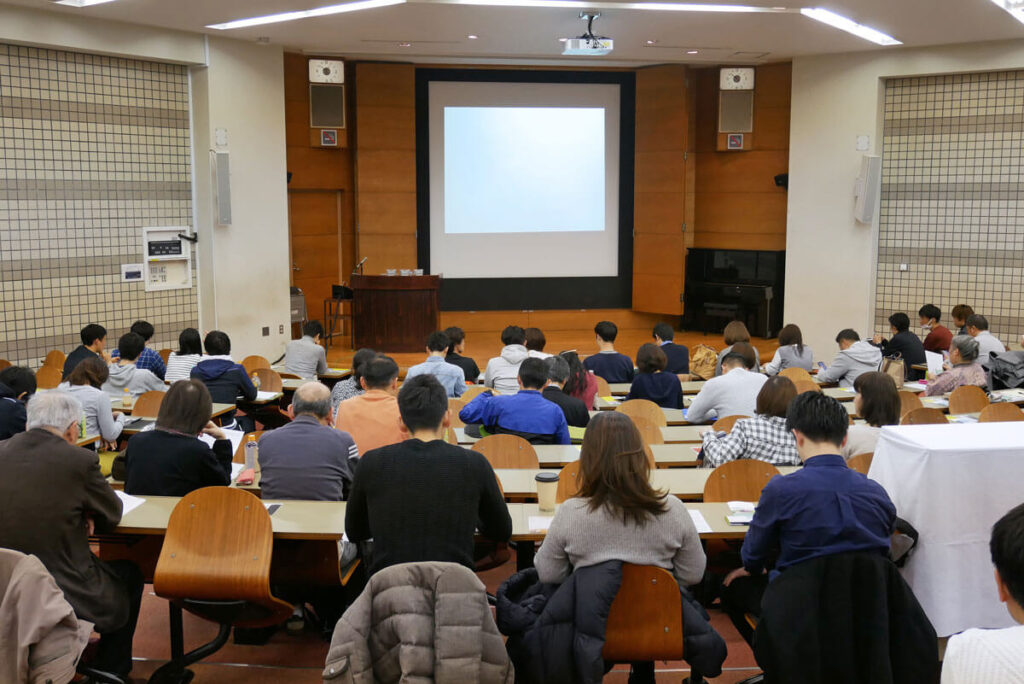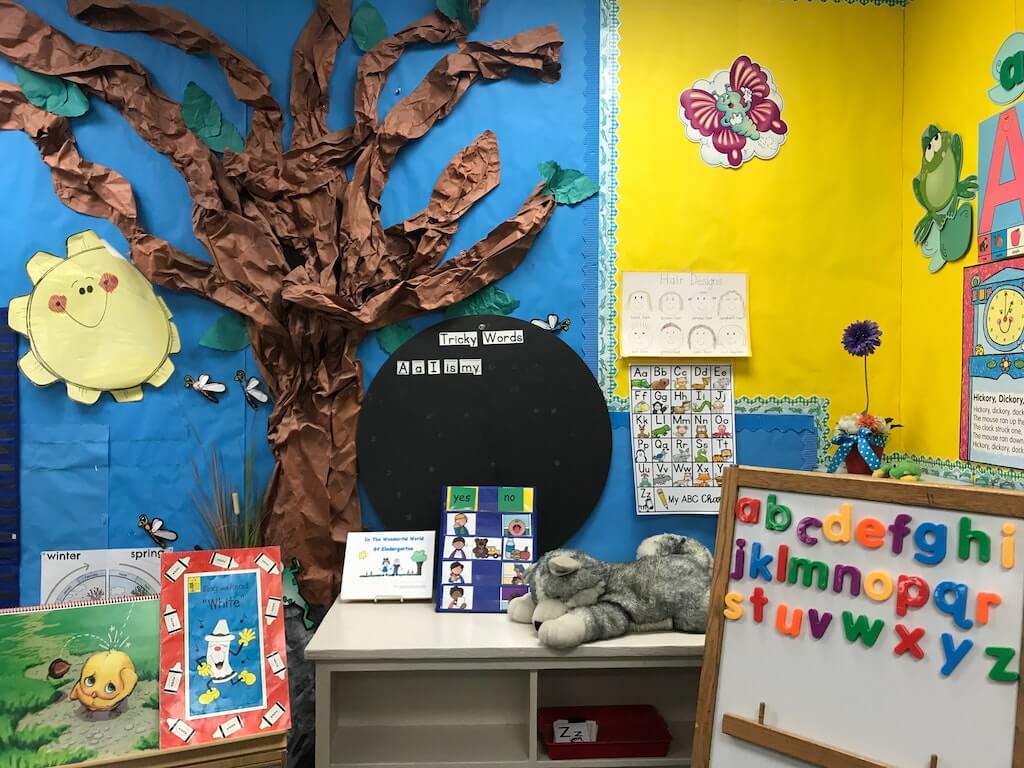The recent release of Grade 4 and Grade 8 math and reading assessments results from the 2022 National Assessment of Educational Progress (NAEP) triggered many articles across the U.S. Most of the articles placed some of the blame for the decline in math and reading scores to the cancellation of in person classes due to the pandemic. The Texas Education Agency was one of the few state agencies that acknowledged there was work to do to bring students up to where they should be.
Michael B. Horn, Chairman of the Clayton Christensen Institute, was more direct in his critique. Dr. Horn wrote that the critics need to change their focus from who is responsible to finding an innovative solution to change the reality that “today’s schools were not built to maximize each and every student’s learning.”
Dr. Horn states that only a few weeks before the release of the 2022 NAEP scores, a New Classrooms report written by Joel Rose, Jeff Wetzler, and Jenee Henry Wood and titled “Out of the Box” discusses how innovative learning models can transform K-12 education.
The 64-page Out of the Box report is worth reading by anyone interested in ways to improve K-12 education. In fact, the report provides separate recommendations for federal policymakers, state policymakers, school operators, school philanthropy, education advocates, and K-12 solution providers.
The report’s authors write that outcomes of the century-old “industrial paradigm” of having an individual teacher guiding the instruction of a cohort of same-age students through a uniform curriculum using a textbook have plateaued. In addition, only one-third of high school students graduate ready for college or a career. Furthermore, the authors write that many reform initiatives have been stymied by the industrial paradigm’s design. Higher grade-level standards provide little guidance when students begin a school year multiple grade levels behind. Well-developed teacher training programs can help skilled teachers make a difference, but when the teachers burn out trying to perform an unsustainable role, new teachers are unable to maintain the same level of instruction. Implementing unique academic plans for each student based on their formative assessments is nearly impossible for individual teachers.
The report calls for a paradigm shift from the industrial model to a student-centered model. The authors write that this shift will have to be coordinated through a process that reimagines what schooling can be and then implementing it. The tools and know-how to make this paradigm shift have advanced significantly over the past three decades. The authors write that there are three forces that have blocked these changes.
The first roadblock is the nation’s decentralized system for education governance allowing local communities to make decisions about education. While there are benefits to decentralized governance, the local communities rarely have the capacity or risk tolerance to design and build what it takes to change the existing system.
The second roadblock is a lack of solutions for schools seeking to transition to a student-centered curriculum. For new products to be adopted at scale, they must fit inside the design of a typical school. These implementations tend to reinforce the industrial paradigm rather than challenge it.
The third roadblock is the landscape of policies, practices, and priorities designed to encourage incremental progress and not a wholesale change of the industrial paradigm. A regulatory environment that includes rules on textbook adoption, credit requirements, staffing structures, accountability systems, and school improvement plans creates a barrier that can appear overwhelming.
A new type of organization, an innovative model provider, is proposed by the report’s authors. Innovative model providers are organizations that “design new learning models for different subjects and grade spans through extensive research and development.” Model providers don’t operate the school but work with existing schools regardless of their governance structure.
“The Devil is in the details” and Out of the Box provides many details of ways in which innovative model providers and schools can work together. The organization of the report’s recommendations by group provides a deeper focus that might have been lost if listed without this level of organization. In his blog, Dr. Horn cites the similarities of the innovative approach recommended by Out of the Box with his recommendations in his recently published book, From Reopen to ReInvent. He also notes that the authors of Out of the Box go further than he did in specifying how educators should be supported in rethinking how a school should work.
Out of the Box provides a lot of content as well as ideas for how communities can reinvent K-12 schools. In my mind, any of the three roadblocks mentioned is substantial. When all are present, it’s going to take the strong will of many community leaders and educators to breach those barriers. For the sake of the future of our students, I hope they read the report and increase their resolve. It’s clear that the status quo is unacceptable.











